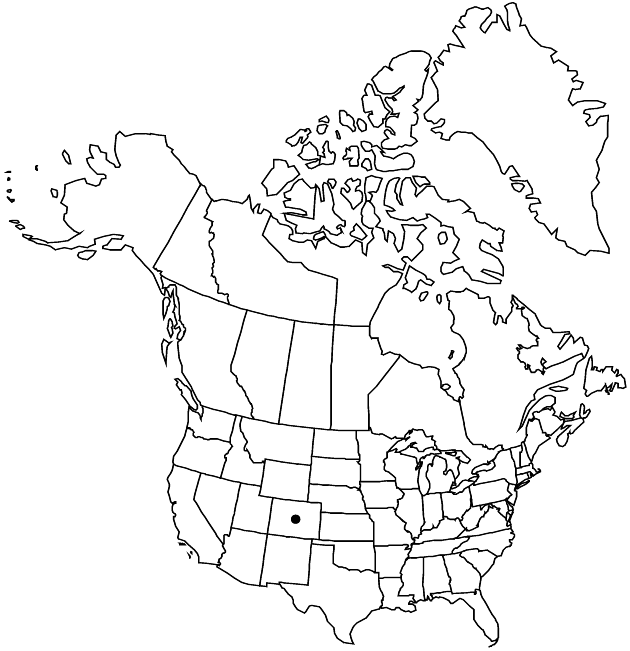Difference between revisions of "Oönopsis foliosa"
Pittonia 3: 46. 1896.
FNA>Volume Importer |
FNA>Volume Importer |
||
| Line 8: | Line 8: | ||
}} | }} | ||
|common_names=Leafy-bracted or leafy goldenweed | |common_names=Leafy-bracted or leafy goldenweed | ||
| − | |basionyms={{Treatment/ID/ | + | |basionyms={{Treatment/ID/Basionym |
|name=Pyrrocoma foliosa | |name=Pyrrocoma foliosa | ||
|authority=A. Gray | |authority=A. Gray | ||
| + | |publication_title=Boston J. Nat. Hist. | ||
| + | |publication_place=5: 108. 1845 | ||
}} | }} | ||
|synonyms={{Treatment/ID/Synonym | |synonyms={{Treatment/ID/Synonym | ||
| Line 63: | Line 65: | ||
|publication year=1896 | |publication year=1896 | ||
|special status= | |special status= | ||
| − | |source xml=https://jpend@bitbucket.org/aafc-mbb/fna-data-curation.git/src/ | + | |source xml=https://jpend@bitbucket.org/aafc-mbb/fna-data-curation.git/src/f6b125a955440c0872999024f038d74684f65921/coarse_grained_fna_xml/V19-20-21/V20_943.xml |
|tribe=Asteraceae tribe Astereae | |tribe=Asteraceae tribe Astereae | ||
|genus=Oönopsis | |genus=Oönopsis | ||
Revision as of 18:45, 24 September 2019
Plants 10–40 cm. Stems glabrous or sparsely villosulous. Leaf blades oblanceolate to narrowly obovate or oblong-oblanceolate, (25–)35–100 × (3–)5–15 mm wide, at least distal cauline bases subauriculate and subclasping, distalmost not reduced. Heads immediately subtended by leaflike bracts similar to distal cauline leaves. Involucres 12–25 mm. Phyllary apices long-acuminate to long-acute, not apiculate or cuspidate. Ray florets 15–25(–32) or 0. Disc florets 53–150. Cypselae 5–7 mm, faces glabrous.
Discussion
Varieties 2 (2 in the flora).
Putative hybrids between vars. foliosa and monocephala are highly fertile and show a gradual transition from discoid to radiate morphology, including “elongation of the corolla, changes in the corolla morphology from actinomorphic to bilabiate to radiate, and a reduction to subsequent loss of the androecium in the outer florets...trends observed throughout the putative hybrid swarm” (J. F. Hughes and G. K. Brown 1994).
Selected References
None.
Key
| 1 | Rays 15–25(–32) | Oönopsis foliosa var. foliosa |
| 1 | Rays 0 | Oönopsis foliosa var. monocephala |
